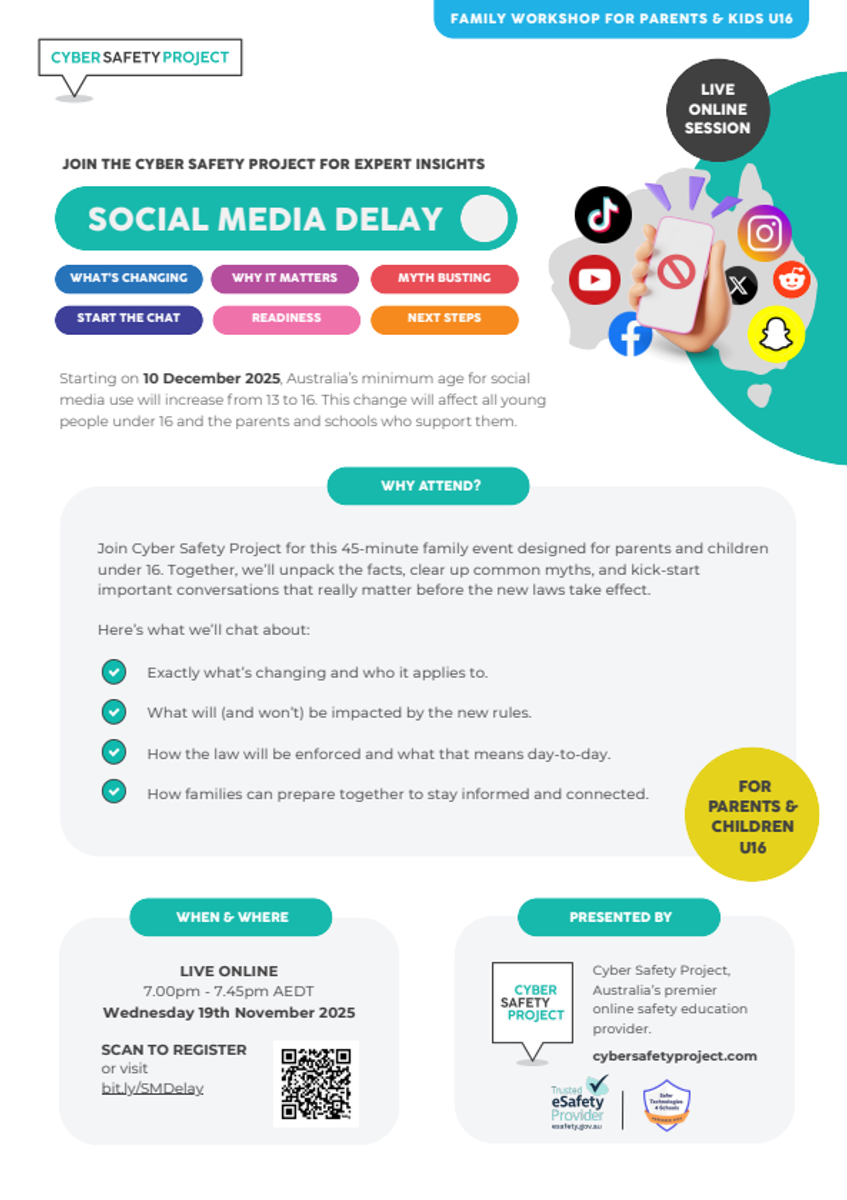Assistant Principal's Report
By Amanda Seach
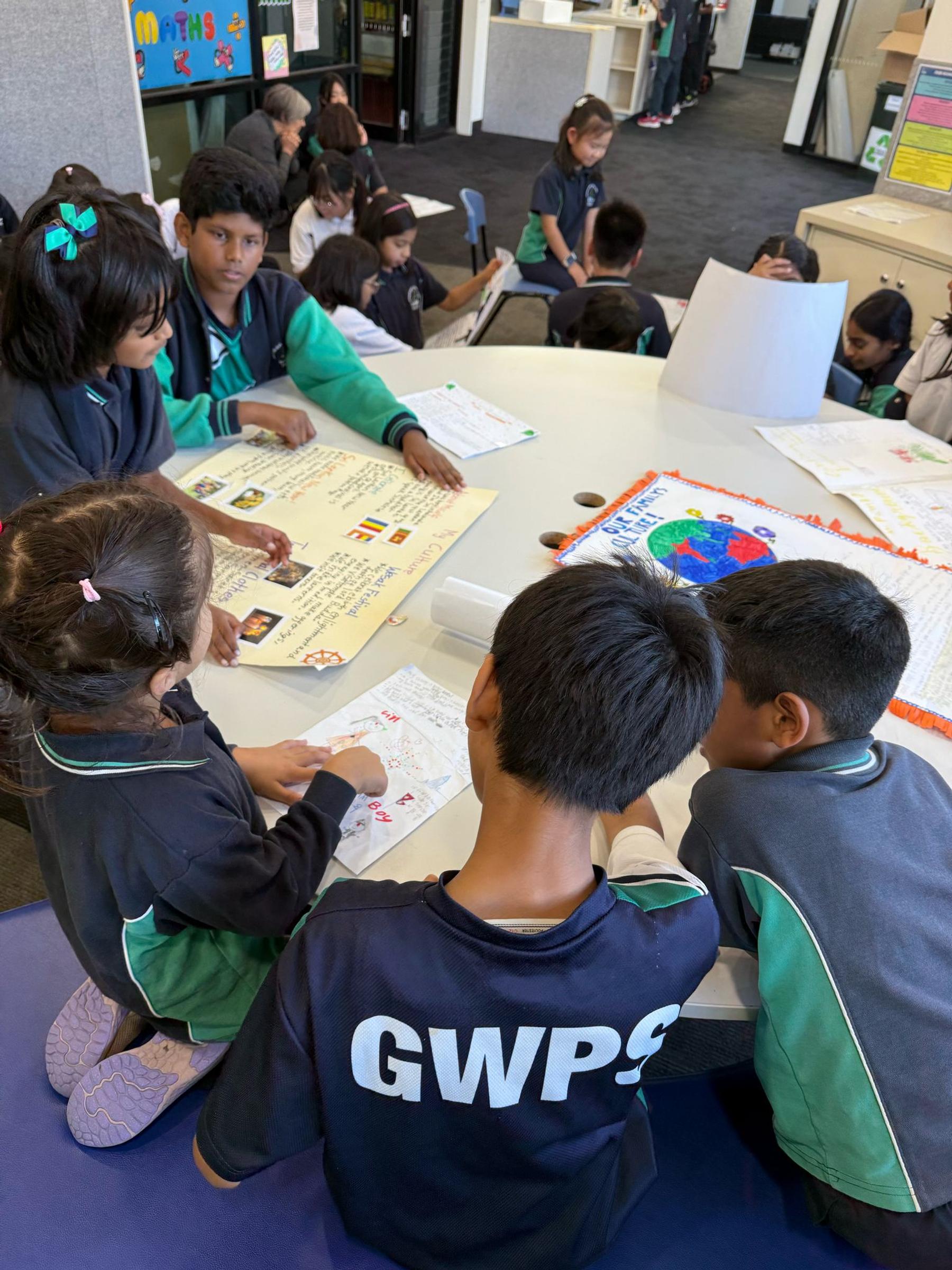
Assistant Principal's Report
By Amanda Seach
This term, our students are embarking on their final Inquiry Learning journey for the year - an exciting opportunity to explore the world through curiosity, creativity, and connection - with a focus on science.
Through inquiry, students investigate authentic, real-world ideas that deepen their understanding of how the world works and their role within it. They learn to ask meaningful questions, seek diverse perspectives, and take informed action - developing the knowledge, skills, and dispositions of global citizens who are ready to make a positive difference.
Here is an overview of each year levels focus:
Prep
Curriculum Areas: Physical Science & Personal and Social Capability
Guiding Question: How can we use sound to bring joy?
Students explore sound using their five senses, investigating how sound energy affects objects and how different sounds can be produced. They discover how sound brings people together in celebration and expression, including in Aboriginal and Torres Strait Islander cultures.
Learning Transfer: Each class will create and perform a song and dance to celebrate their first year of learning, using props and instruments they have designed themselves.
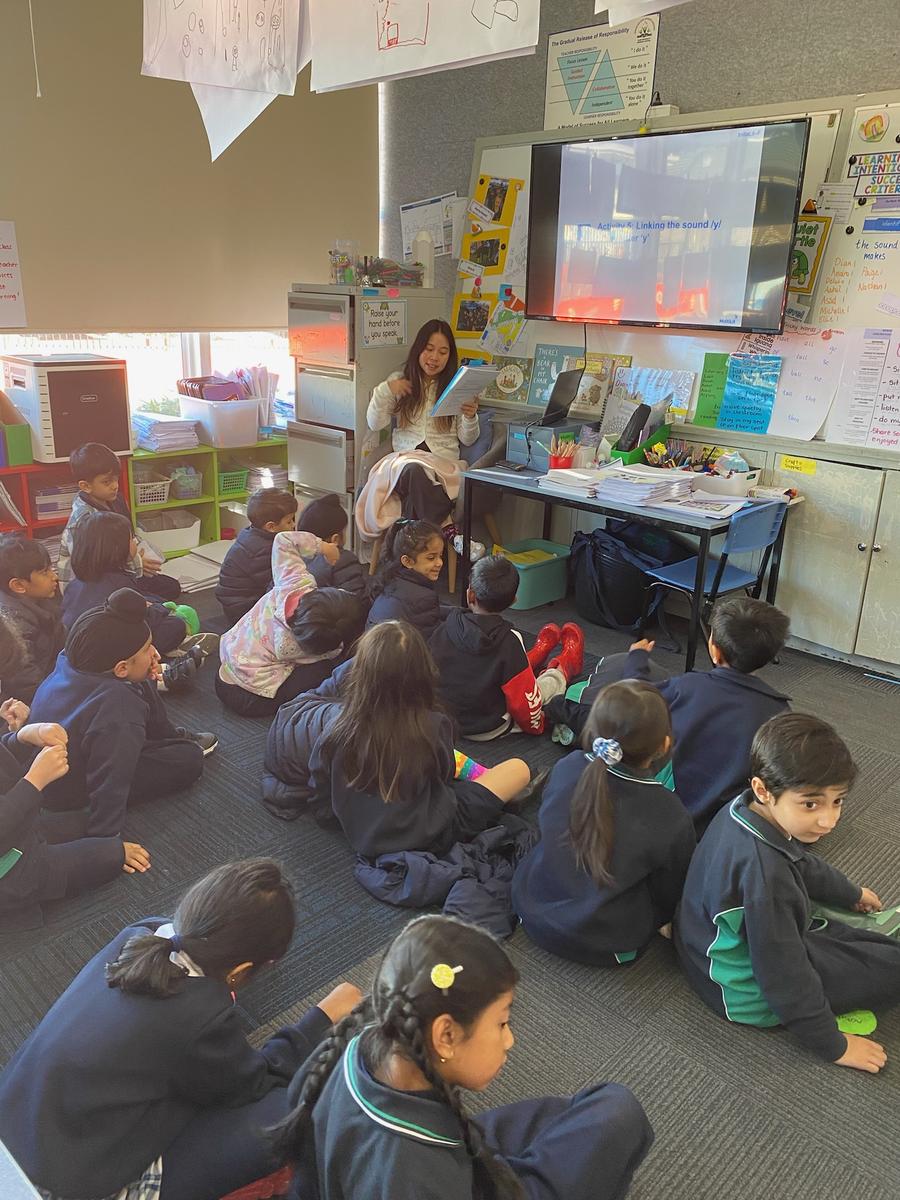

Year 1
Curriculum Areas: Earth and Space Sciences & Intercultural Capability
Guiding Question: How do changes in the sky affect us?
Students explore weather patterns and the movement of celestial objects such as the sun, moon, and stars. They examine how these changes influence daily life, seasons, and cultural understandings of the sky.
Learning Transfer: Students will create artistic representations of celestial objects and write an accompanying blurb explaining their meaning and significance.
Year 2
Curriculum Areas: Physical Sciences & Critical and Creative Thinking
Guiding Question: How do forces impact us and the objects around us?
Students investigate how pushes and pulls change the motion and shape of objects, exploring how forces are used in games, daily activities, and cultural practices, including those of Aboriginal and Torres Strait Islander peoples.
Learning Transfer: Working in small groups, students will design and present an experiment at a Science Fair, demonstrating how forces operate in everyday life.
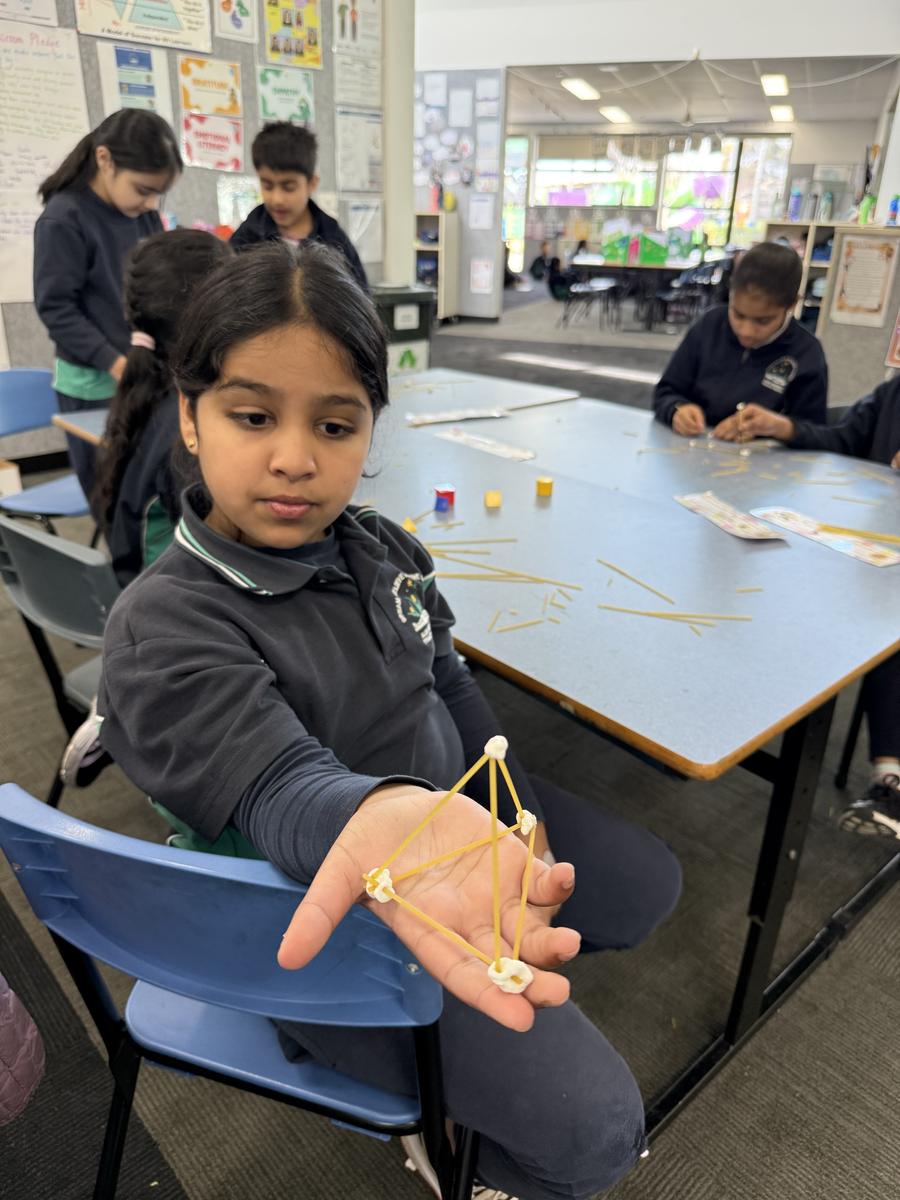
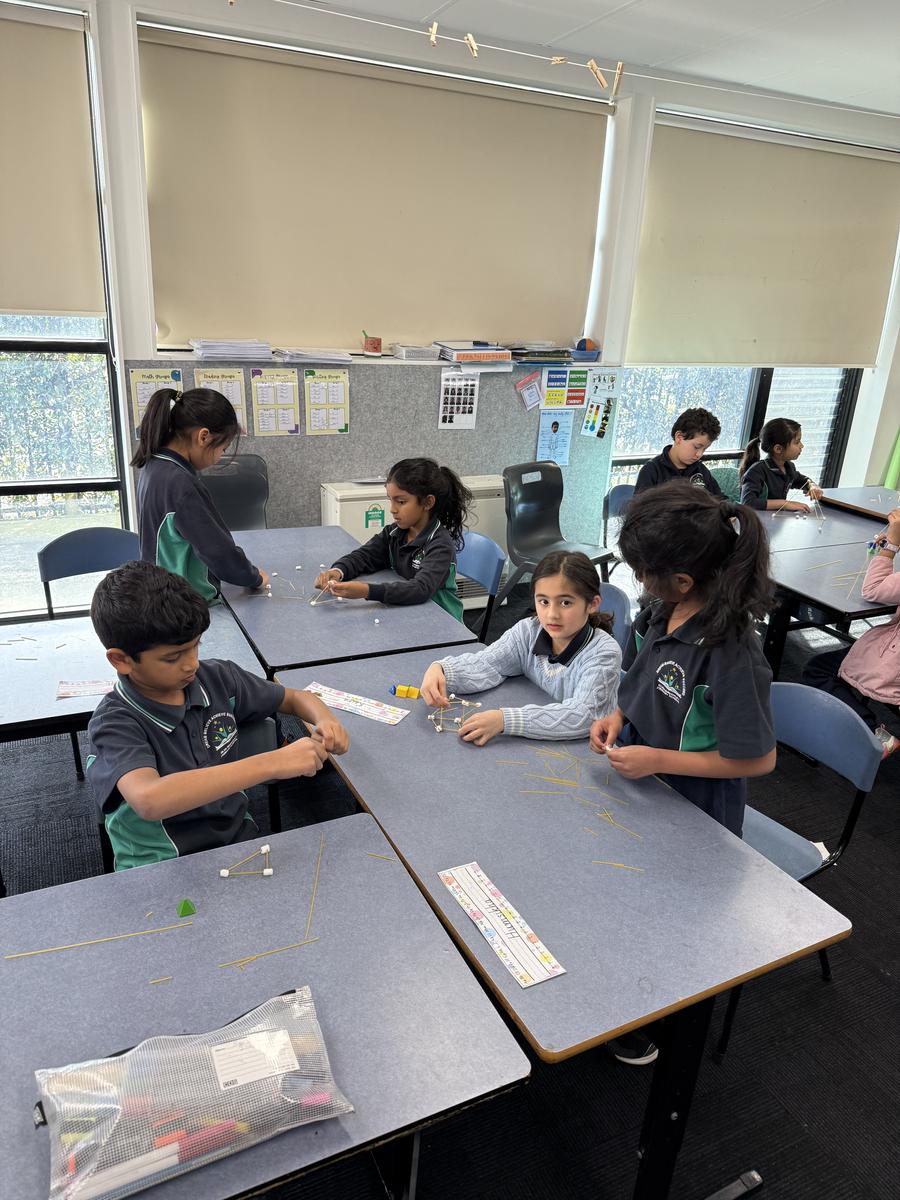


Year 3
Curriculum Areas: Earth and Space Sciences & Intercultural Capability
Guiding Question: How do natural disasters impact people differently?
Students explore the causes and effects of natural disasters such as floods, cyclones, and bushfires, and investigate how communities respond and recover. They consider both environmental and human impacts, connecting to geography and climate change.
Learning Transfer: Students will research a natural disaster and apply their understanding to design a disaster-proof structure, showcasing their learning through a design project.
Year 4
Curriculum Areas: Physical Sciences & Critical and Creative Thinking
Guiding Question: How might we use physical science in design?
Students explore different types of energy - such as solar, wind, and kinetic - and apply the STEAM process to create a purposeful design connected to the Global Goal of Affordable and Clean Energy.
Learning Transfer: Students will collaborate to develop solutions for real-world energy challenges, such as designing energy-efficient spaces.
Year 5
Curriculum Areas: Earth and Space Sciences, Design and Technologies & Intercultural Capability
Guiding Question: How can design and technology ensure our survival and sustainability?
Students explore Earth as a dynamic system, considering how human actions impact its ability to sustain life. They imagine possible futures where humans must live sustainably - on Earth or beyond - and consider ethical, cultural, and technological perspectives.
Learning Transfer: Students will design and present a new planet exhibition, showcasing technologies and systems that would enable humans to thrive ethically and sustainably.
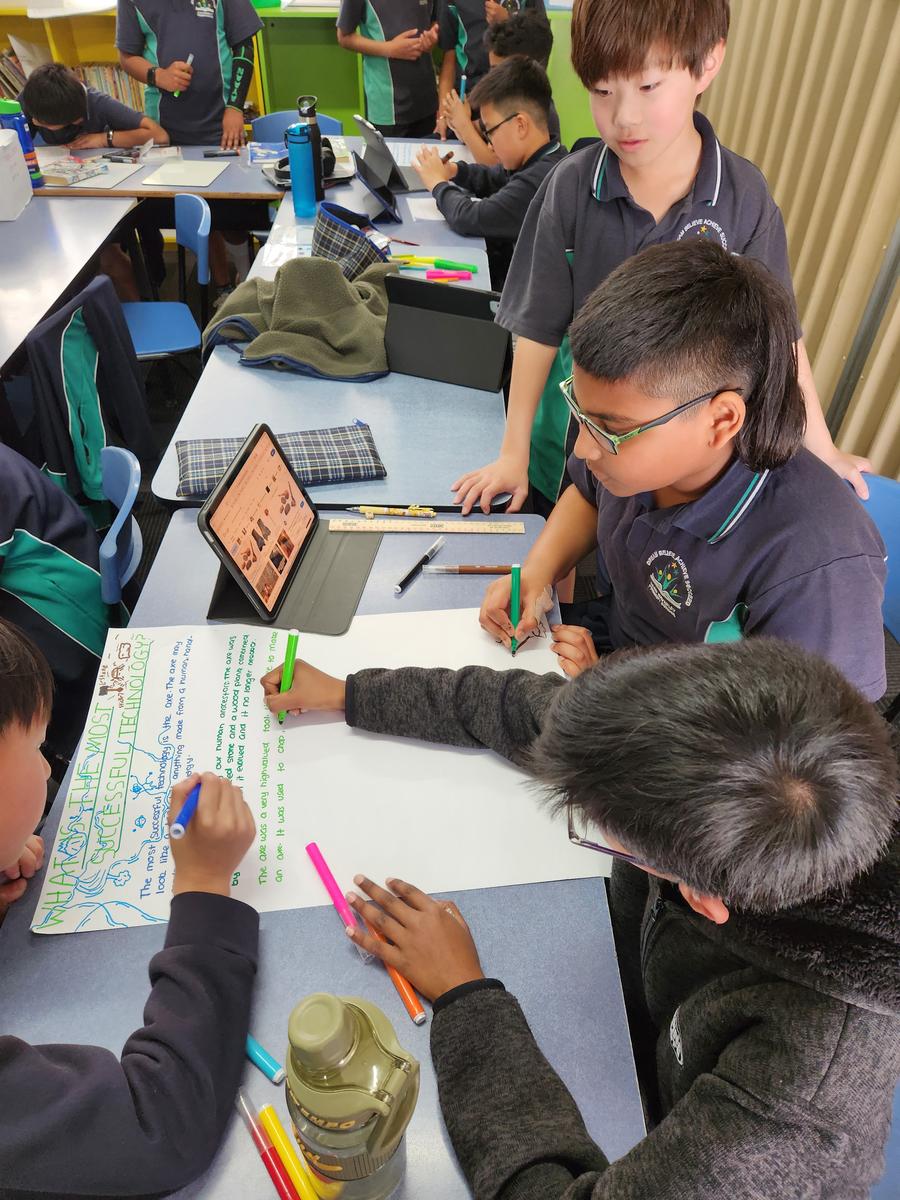
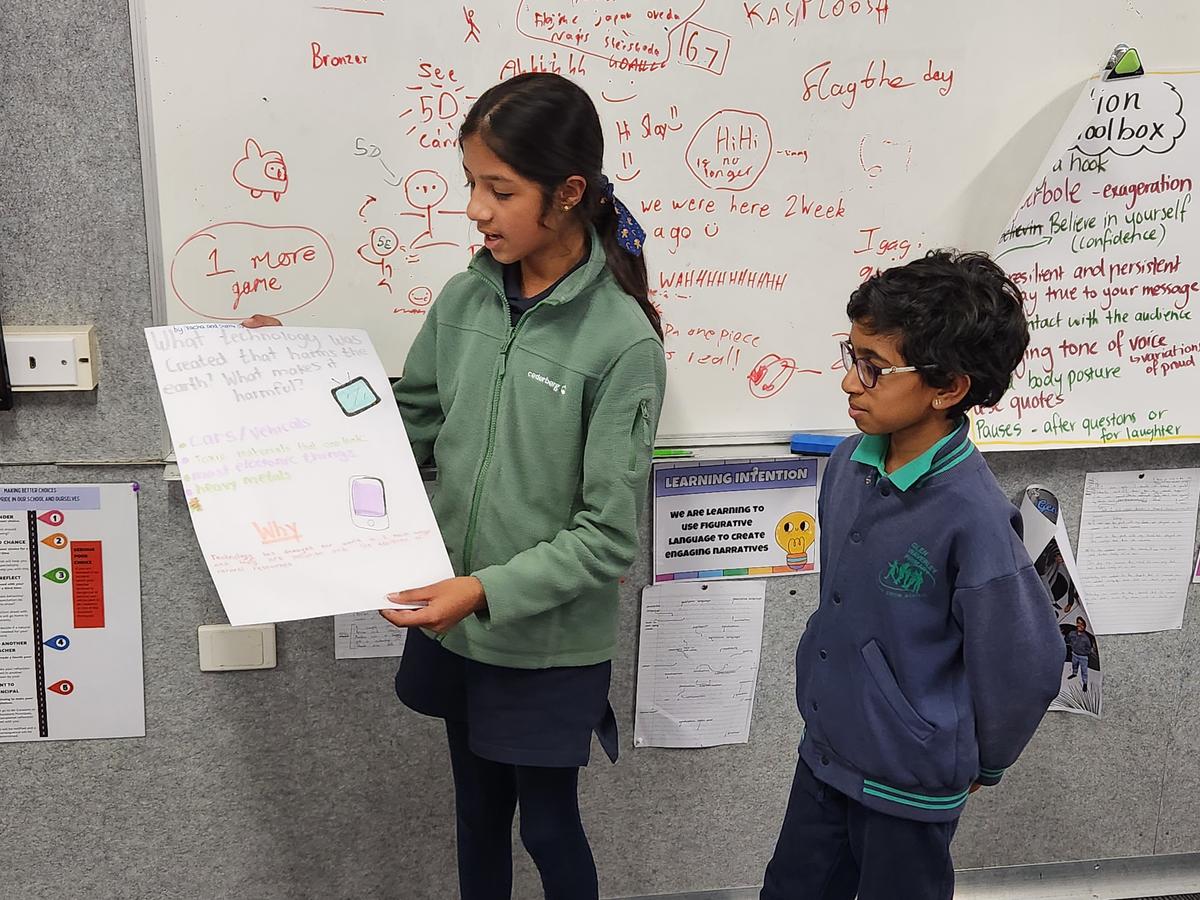


Year 6
Curriculum Areas: Physical Sciences & Critical and Creative Thinking
Guiding Question: How can energy be generated and transformed?
Students explore how energy can be produced, transferred, and transformed to solve global challenges. Using the STEAM Inquiry process, they design prototypes that demonstrate their understanding of energy systems and innovative thinking.
Learning Transfer: Students will develop and test an innovative design addressing a real-world energy problem, applying data collection and evaluation throughout the process.
At Glen Waverley Primary School, we are committed to supporting our students, teachers, and families to navigate the online world safely and confidently. As part of this commitment, we partner with the Cyber Safety Project, a leading organisation that provides education and resources to help children develop the skills and knowledge to manage their digital safety and wellbeing.
With new social media law changes coming into effect on December 10, the Cyber Safety Project is offering a special Parent and Child Webinar designed to help families understand what these changes mean and how to stay safe online. This interactive session will help families understand what the changes mean and how they affect young people’s use of online platforms. This may be particularly useful for families with teenagers.
You can read further details about the live webinar and how to register below.
